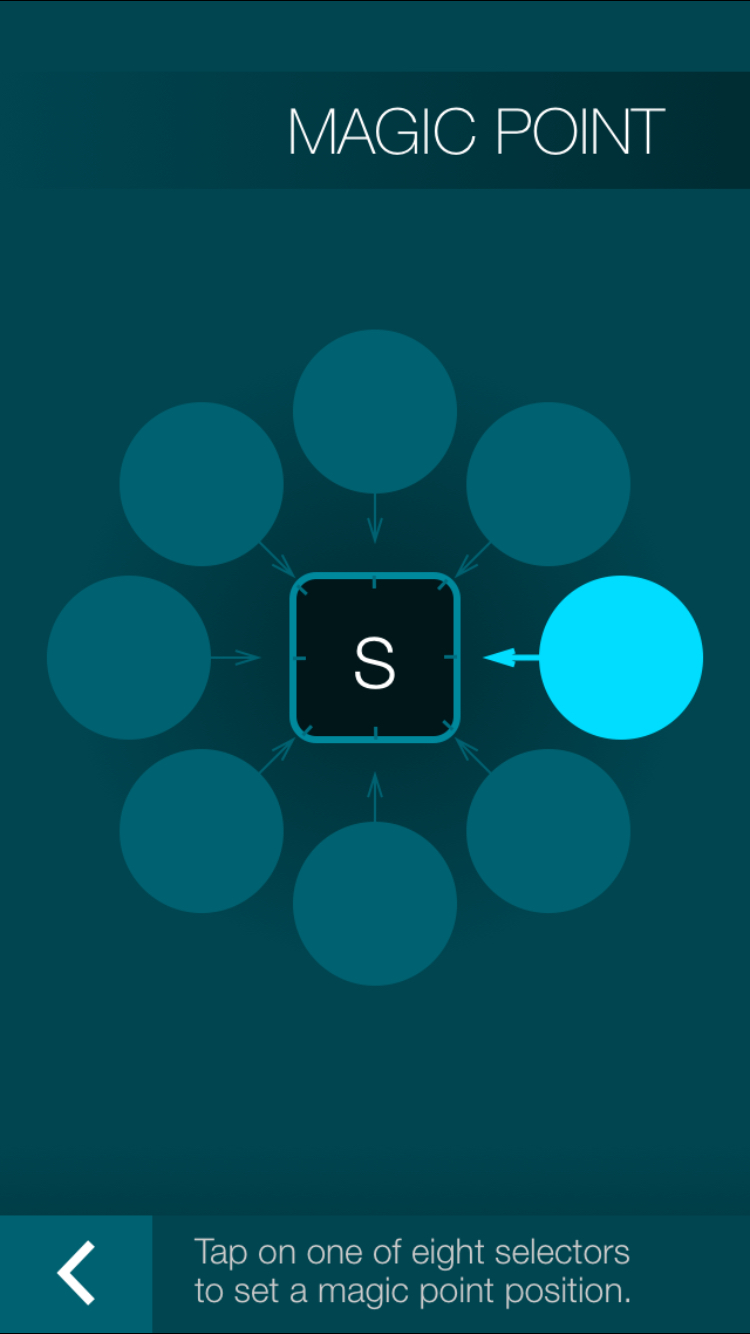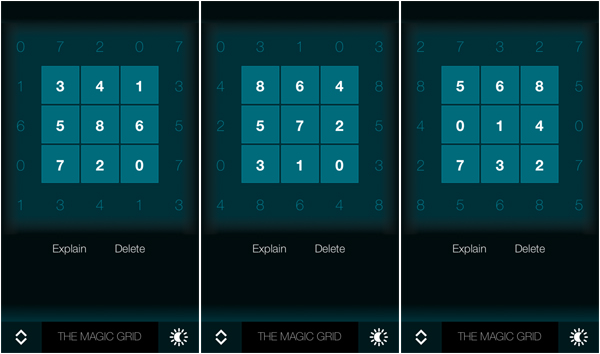
The human-computer interaction technologies has come a long way since 1963, when Ivan Sutherland developed first graphical computer-aided design program. Since then, all known interaction solutions and underlying devices required selecting interface elements according to their position on a screen (i.e. mouse, joystick, touchscreen, stylus, VR gloves, eye-tracking contraptions, and even keyboards with buttons to control a cursor's movement).
The concept looked so natural that creators of Sci-Fi movies were quick to implement it. The "Minority Report" movie, for example, frequently shows Tom Cruise waving his hands around to grab virtual controls hovering in the air.

At SYMPIUS we developed a conceptually different approach to interact with a computing device. We call it SPINT (State-Pick Interaction) technology, which enables the selection of graphical user interface elements according to their states (not positions). With SPINT there wouldn't be a need for waving hands around and reaching virtual controls in the air ...
To demonstrate SPINT in action, let us use our own TouchyNotes app. The app is free and available to download for iOS on the Apples's App Store.
SPINT uses a combination of spin-controls and magic points. In the video below, on each spin-control (the number keys), you'll have a rotating snake, as well as a magic point (small white dot). Instead of tapping on the actual spin-control to enter a number, you'll need to tap on the blank area on the screen whenever the rotating snake makes contact with your magic point of a specific number.
For instance, if you were to tap on the bottom half of the screen the number "1" would be entered, since the rotating snake has covered the magic point of button "1" at the moment of tapping the screen. Since all snakes rotate differently, only one spin-control can be selected at any given time.
Another way to use the spin-controls, is to navigate the snakes directly. To do so, touch any place on the screen and move your finger either to the left or to the right. When you stop and hold your finger for a second, the spin-control with snake-over-magic-point will be selected.
The shape of spin-controls and their moving elements can vary. Plus, the constant rotation of such elements is not necessary per se. As shown in the video below, the spin-controls can be still when they are not in use.
SPINT can be considered as an optional addition to the traditional UI layouts that rely on the position-based input.
Please note that in the above video, the magic points are not shown. It's done intentionally to obfuscate the input of sensitive information. The position of magic point can be set up in the application settings. There are eight options to choose from.

There is a hybrid approach that combines both position-based and state-based interaction paradigms. We call it "Magic Grid".
This method involves 25 numbered squares, 9 interactive and others not. Depending on which side your magic point is, you'll have to tap on the number that has the magic point pointing to the number you want to select.
So let's say you want to select the number 1 from the grid. If your magic point is on the right (as in the demo below), you have to pick the number that's to the left of it, since that's the number that has the magic point facing the number 1. In the demo, that number is 9. Applying the same considerations, you have to hit number 4 to select number 2, and 7 to select 3. All of the numbers around the number you tap on will light up, but in reality, only the number that's in the direction of your magic point will be entered.
It's worth noticing that whenever a magic grid form is shown, the numbers are shuffled to make the current layout different from the previous ones. Let's demonstrate how this number shuffling helps to protect your input. For example, if your passcode is "123" and your magic point is set up for the "East" (right side) position, then to enter your passcode using the magic grids below, you would need to tap "471" (left screen), "370" (middle screen) and "037" (right screen) respectively.

SPINT is a unique technology that allows you to safely enter your password, even with people intently looking at your screen. Since the placement of the magic point is configurable within the app (there are eight possible locations) and never shown on the login screen, the malicious observers would not be able to steal your credentials.
With SPINT, the size of your screen doesn't matter. Even if it's smaller than a penny, you would be able to communicate with your computing device. Plus, SPINT can benefit users with special needs, as it can be used for any kind of computing device that has a simple one-dimensional hardware switch (no need for touchscreen or concept of "cursor").
When it comes to SPINT, there are dozens of other visual representations of SPINT-based controls that have nothing to do with circular rotations or the notion of "magic point". Such controls can significantly improve the interaction capabilities of AR and VR systems.
presi#SPINT
Igor Polivanyi